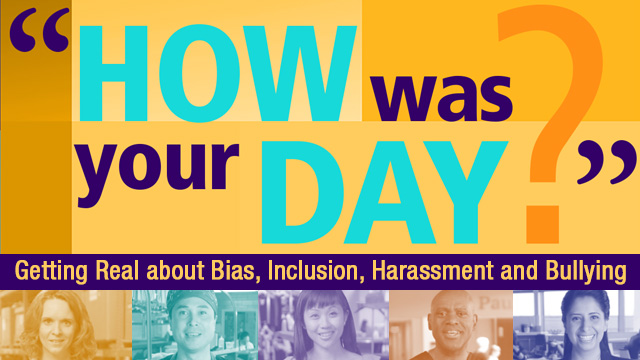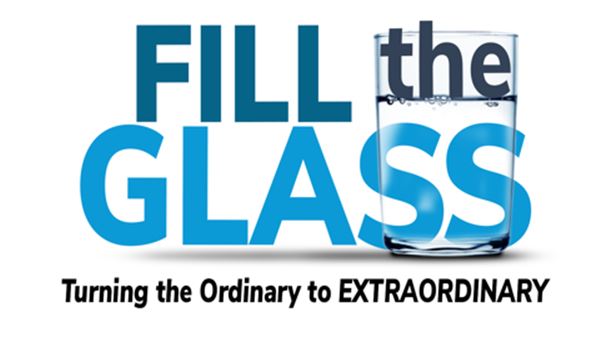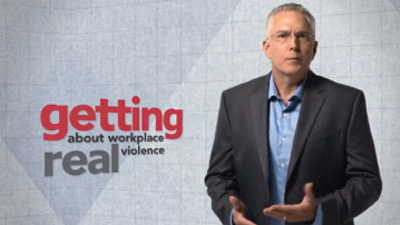Organizational Talent Leaders Have Promises to Keep in 2022
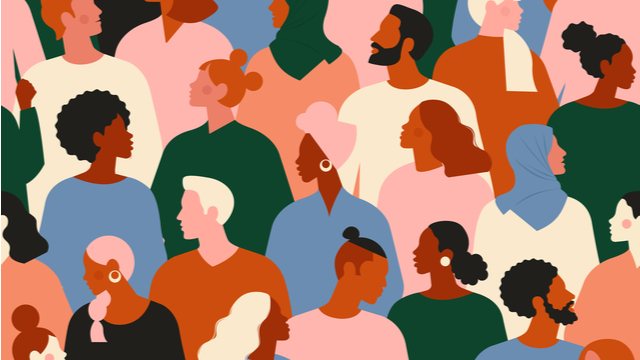
HR Has Promises to Keep in 2022
This is the time in every new year when we look ahead with good intentions – to lose weight, exercise more, learn new skills, earn a certification, or find creative ways to make a real difference.
2020 was a time of good intentions, too, a time when promises were made to address social and racial inequities that became painfully apparent in the wake of blatant injustices and loss of lives.
The 2022 new year reminds us that it’s time to make sure that good intentions are carried out, that we’re keeping the promises companies have made, and that we’re making the differences employees deserve.
Current Figures Show That Progress is Lagging
DE&I Is Important for Business
Companies that score highly in diversity, equity, inclusion, and belonging (DEIB) are:
81%
more likely to report high levels of customer satisfaction
72%
more likely to say they're innovative
2x
more likely to report achieving their past 3 years' business goals
Determining the progress organizations have made to date toward diversity, equity, and inclusion (DE&I) goals provides vital insights to help guide Human Resources (HR), Learning and Development (L&D), Diversity, and other talent-leading functions toward greater success in 2022.
Shortly after the death of George Floyd in 2020, 90% of surveyed organizations reported plans to take action against racial inequities. Follow-up research in 2021 found that 43% of companies that made promises the year before had upped their goals in such key areas as talent acquisition, succession, and development. However, a third admitted that their talent aspirations were still works in progress as opposed to already-achieved outcomes.
Recently published workplace diversity statistics for 2022 point to the continued existence of gaps related not only to racial inequities, but to the ongoing presence of gender, ethnic and other types of inequities as well. Some examples:
- White job candidates are more than twice as likely as Black candidates to be called back for further consideration
- More than 95% of Fortune 500 CEOs identify as White and Non-Hispanic males; female CEOs number fewer than 4%
- Only 1.8% of Fortune 500 CEOs are Asian; 1.2% are Hispanic; fewer than 1% are African American
- Only 2% of organizational executives in the U.S. are Black; just 3%, Hispanic or Latinx
- When COVID-19 sent people home to work, men who worked remotely and cared for children were almost 4x more likely to be promoted (34%) than their female counterparts (9%)
- About 50% of Black and Hispanic employees in the U.S. say they've quit a job after experiencing or witnessing discrimination
- LGBTQ+ men hold about 3% of entry-level positions and the same proportion of management jobs in organizations; LGBTQ+ women hold about 2% of entry-level and 1.6% of management positions
The preceding points represent only a fraction of the data reported for U.S. workplaces, but the figures make it abundantly clear that HR and other talent leaders have much work to do if they are to ensure that organizations make good on their promises of equality when it comes to inclusion, representation, benefits, compensation, development, and career opportunities for all employees.
What HR and Talent Functions Can Do
What can HR, L&D, Diversity functions and other talent professionals do to ensure that the promises their organizations made in 2020 don’t languish?
Obviously, talent leaders must assess the progress made on any initiatives undertaken to address racial inequities and other forms of discrimination within their organizations. Positive achievements should be communicated and celebrated; lack of progress evaluated to identify stumbling blocks and strategies to drive better outcomes.


Transparency and measurement are among the best ways to ensure accountability, notes a Harvard Business Review article, adding that:
“Real transparency should [go beyond reporting demographic data to] also include measures of equity like a breakdown of representation in hiring by job level and promotion rates; defining representation in various leadership levels (mid-management vs senior); and results of climate surveys. These additional data points can be strong indicators of economic equality, career progression, and the quality of experience Black, Latino/a, and other underrepresented groups.”
HBR goes on to encourage companies to make diversity data public, to incentivize leaders across organizations to support inclusive measures, and to impose consequences for failing to move the needle on promised initiatives.
Accountability for progress against promises made also relies on effective workplace diversity training. A recent post on the SHRM website reiterates the importance of employer-driven education as a means of preparing diverse talent for career growth and advancement into higher-level positions, but also as a strategy to support talent attraction in a competitive market.
Says one CEO quoted by SHRM, “"DE&I will take a front seat in 2022 and be a prime focus for job seekers as they look to join companies that are actively improving these efforts across all levels with active programs that further enhance these initiatives."
HR, L&D, and other professionals responsible for the success of DE&I initiatives can help ensure action on organizational diversity priorities by incorporating Media Partners’ multi-award-winning training on inclusive and equitable workplaces into company learning portfolios.
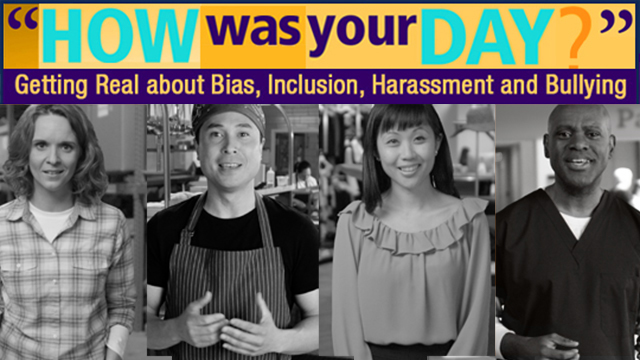
How Was Your Day? Getting Real About Bias, Inclusion, Harassment, and Bullying empowers companies to create workspaces where everyone feels safe, respected, valued, and included. The best-selling, comprehensive training package is available in versions for employees and managers, offers extensive training-support materials, and is ready for deployment to onsite, remote, and hybrid workforces.
Many organizations have DE&I promises to keep in 2022. Join the talent pros who choose Media Partners as their expert ally in designing and delivering compelling workplace diversity training that engages, inspires, and helps organizations turn their promises into respectful, inclusive workplaces.

